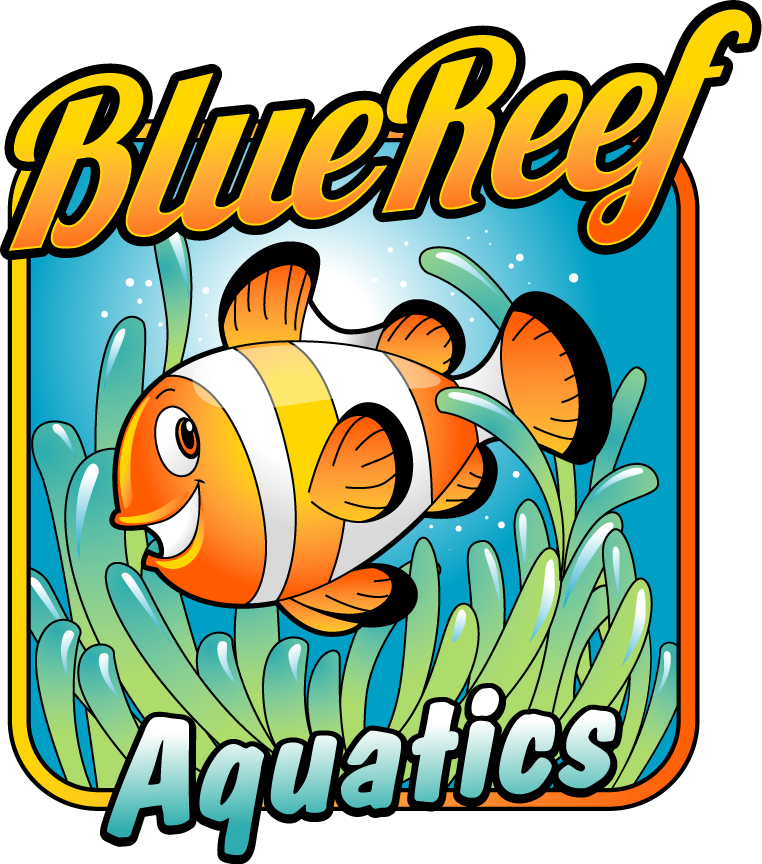Starfish
The starfishes, brittle stars, and basket stars are truly amazing animals with hundreds of tube feet on each arm that help the animal move and collect and manipulate food. Small brittle stars may come with your live rock as hitchhikers. They are outstanding (some would even say essential) inhabitants of a tank with live rock as they tirelessly clean detritus from all the nooks and crannies you can’t reach. If you didn’t get any freebies with your live rock, consider purchasing some. One or more per 25 gallons is a good starting point.
 Given the right environment, a starfish can be a wonderful addition to a marine aquarium. Here are a few tips. Some retailers will divide starfishes into reef-compatible and non-reef-compatible as we do at Blue Reef Aquatics. Usually this refers to the predatory nature of a given animal and the voraciousness of its appetite. You will commonly see industrious sand sifting starfish from the genus Archaster, colorful orange and red starfish from the genus Fromia, and bold blue starfish from the genus Linckia.
Given the right environment, a starfish can be a wonderful addition to a marine aquarium. Here are a few tips. Some retailers will divide starfishes into reef-compatible and non-reef-compatible as we do at Blue Reef Aquatics. Usually this refers to the predatory nature of a given animal and the voraciousness of its appetite. You will commonly see industrious sand sifting starfish from the genus Archaster, colorful orange and red starfish from the genus Fromia, and bold blue starfish from the genus Linckia.
There are a few of these animals you will probably want to avoid in a reef aquarium. For example, the green brittle star from the genus Ophiarachna is a well-known predatory fish eater. Basket stars are very difficult to keep alive, and knobbed starfishes from the genera Protoreastor, Pentaster, and Pentaceastor (e.g., chocolate chip starfishes) will likely eat clams, oysters, and coral.
